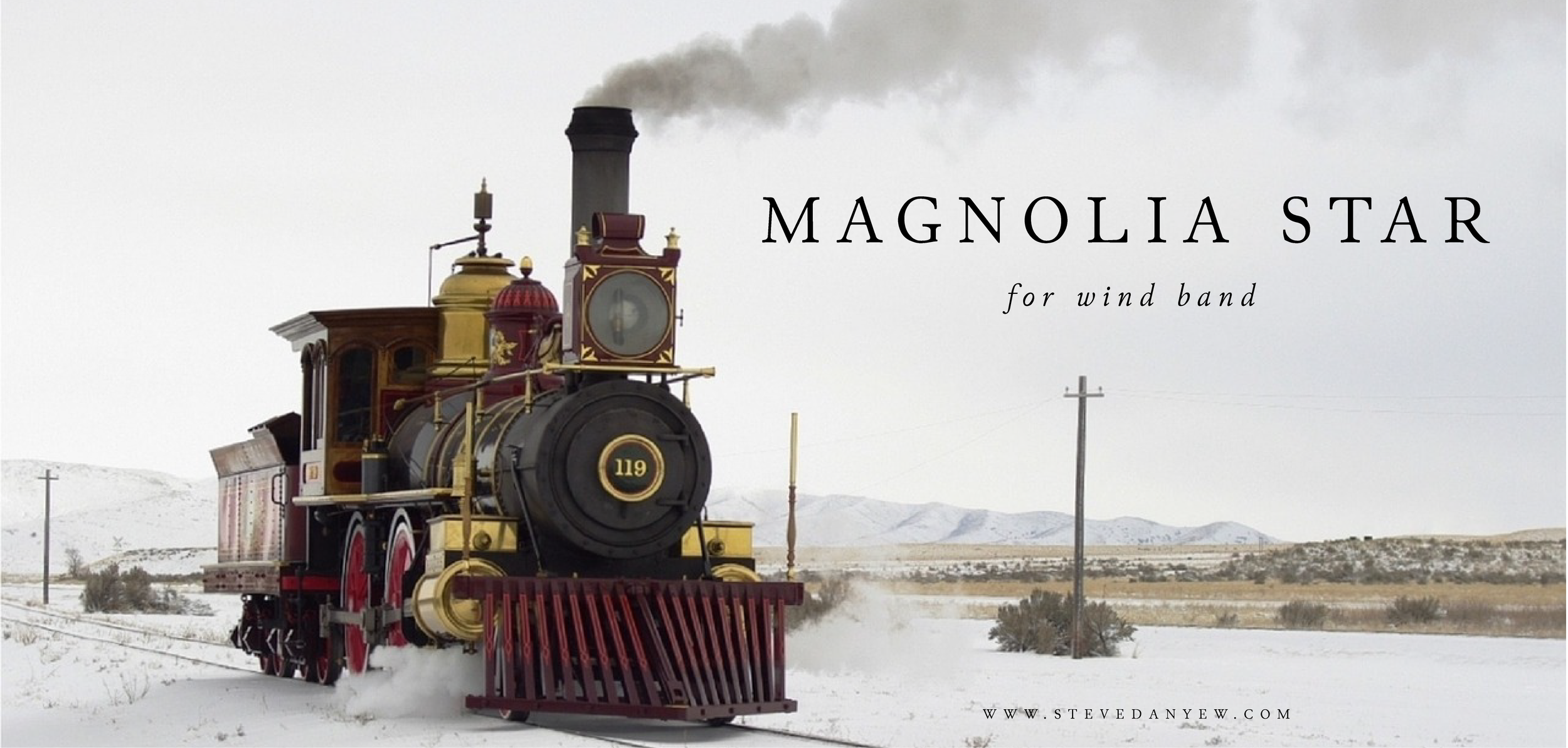
Hi, I’m Steve—
Composer and educator based in Rochester, NY. I write music for wind band, orchestra, chamber groups, choir, and everything in between. Read more about me >>
Looking for something specific? Start here:

Magnolia Star at Midwest!
I'm thrilled to share that Magnolia Star will be performed by the Alabama Winds at this year's Midwest Clinic in Chicago on December 20th at 12:00pm. The ensemble is directed by Randall Coleman. It's an honor to have my work included at the conference, and I look forward to working with the Alabama Winds and seeing many friends and colleagues there!

